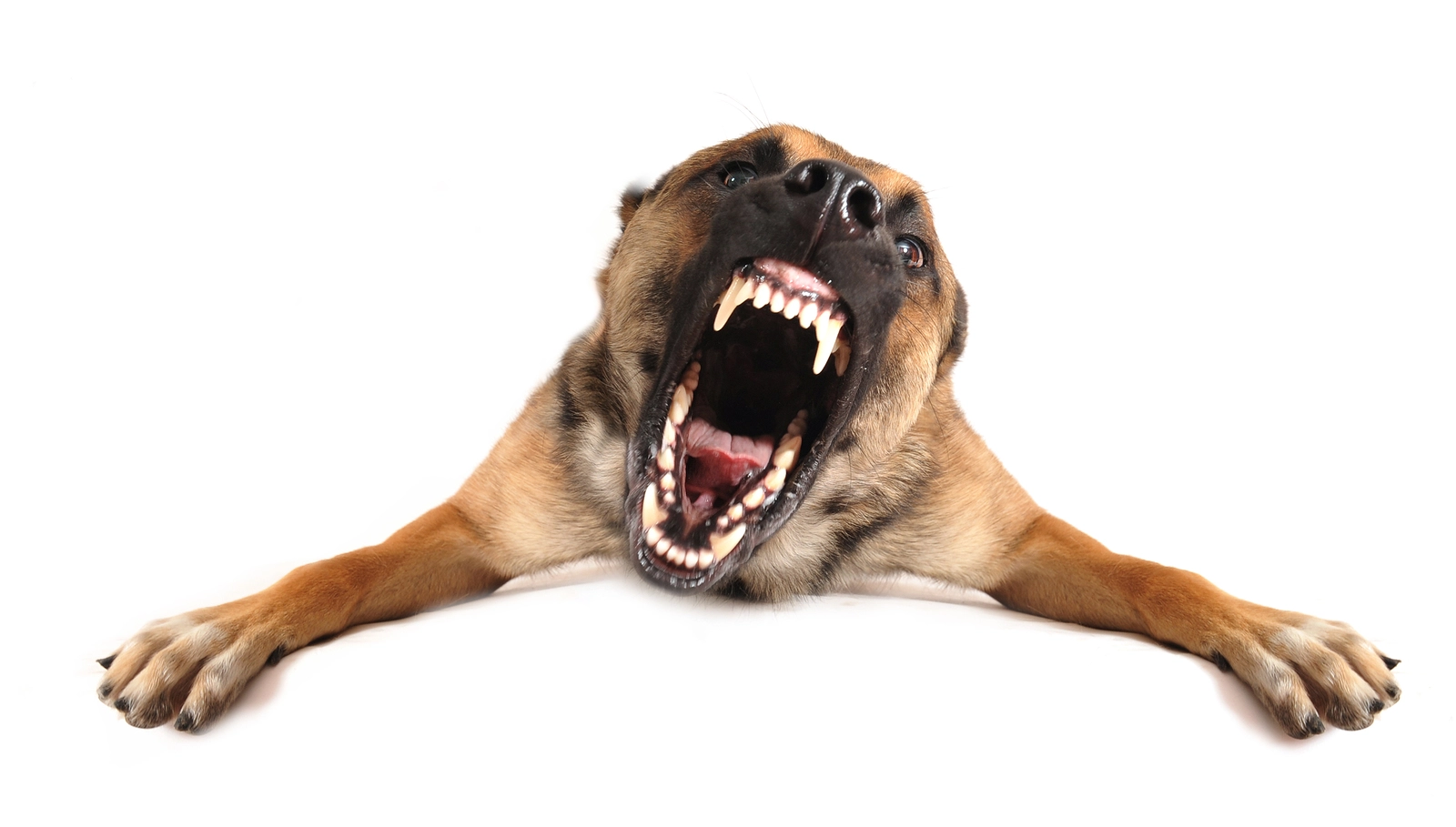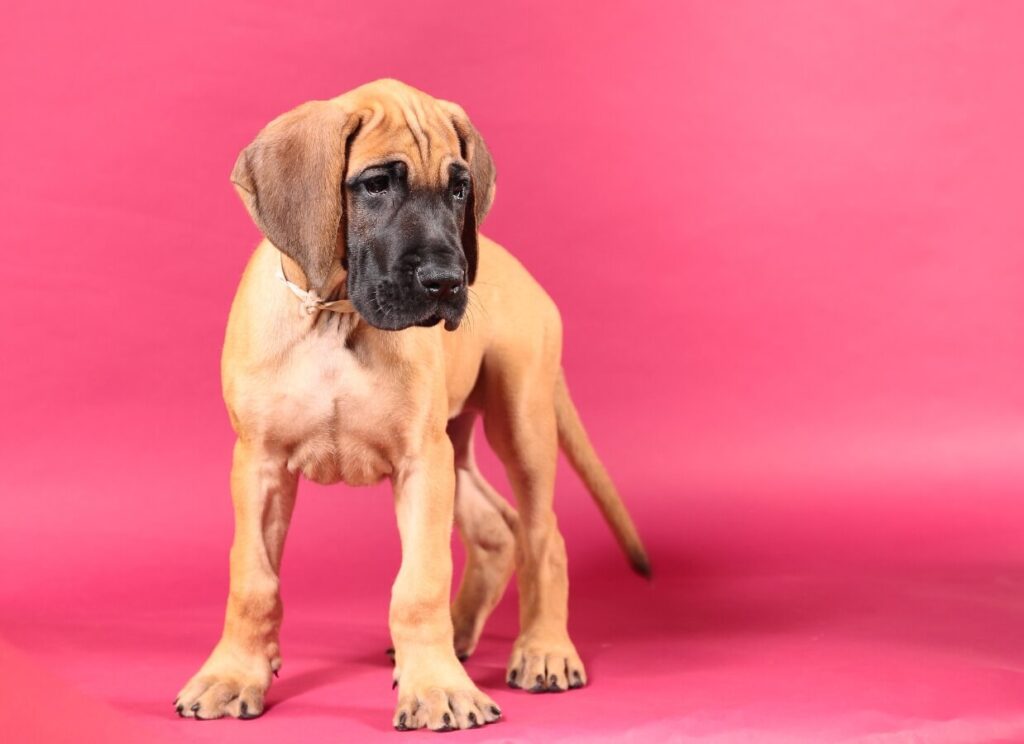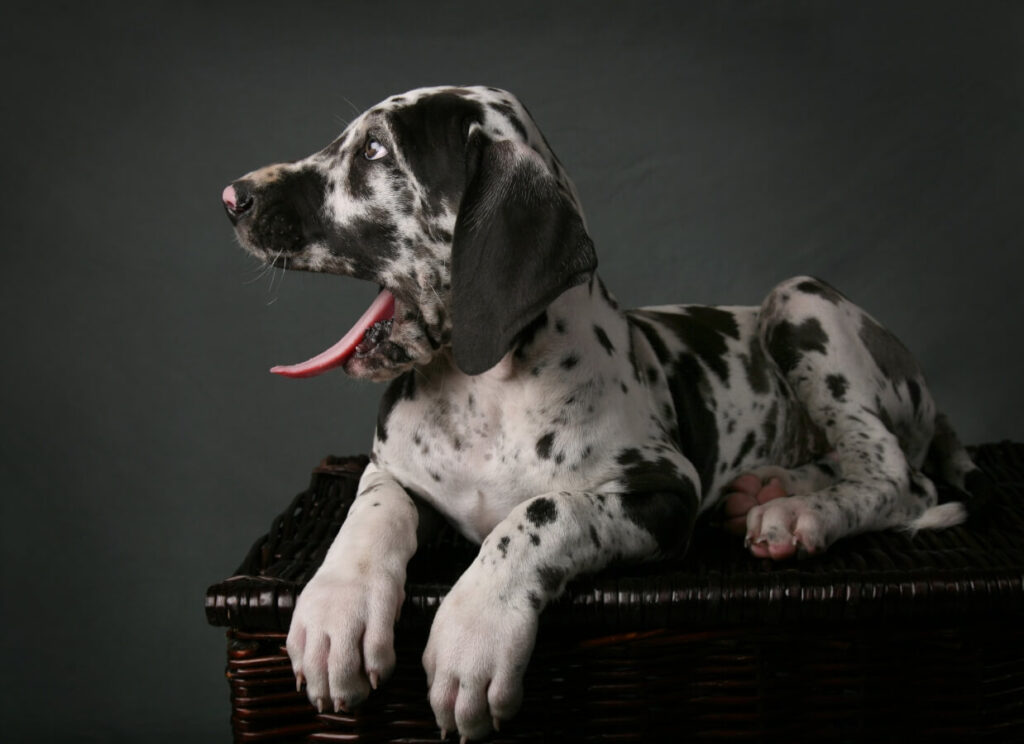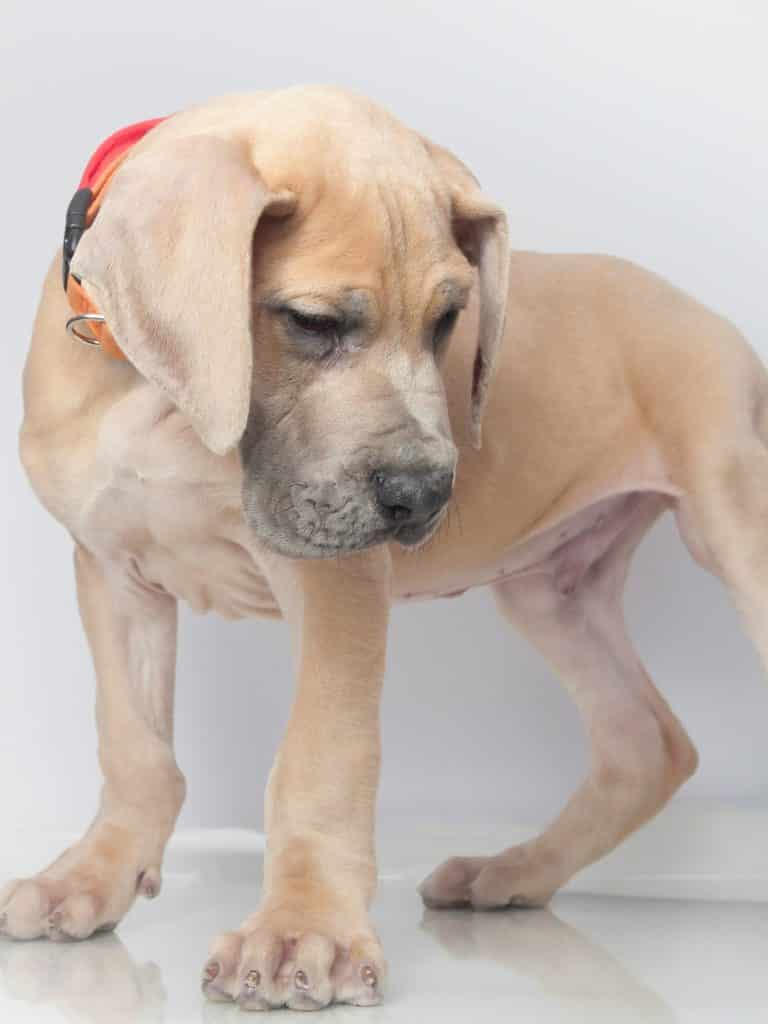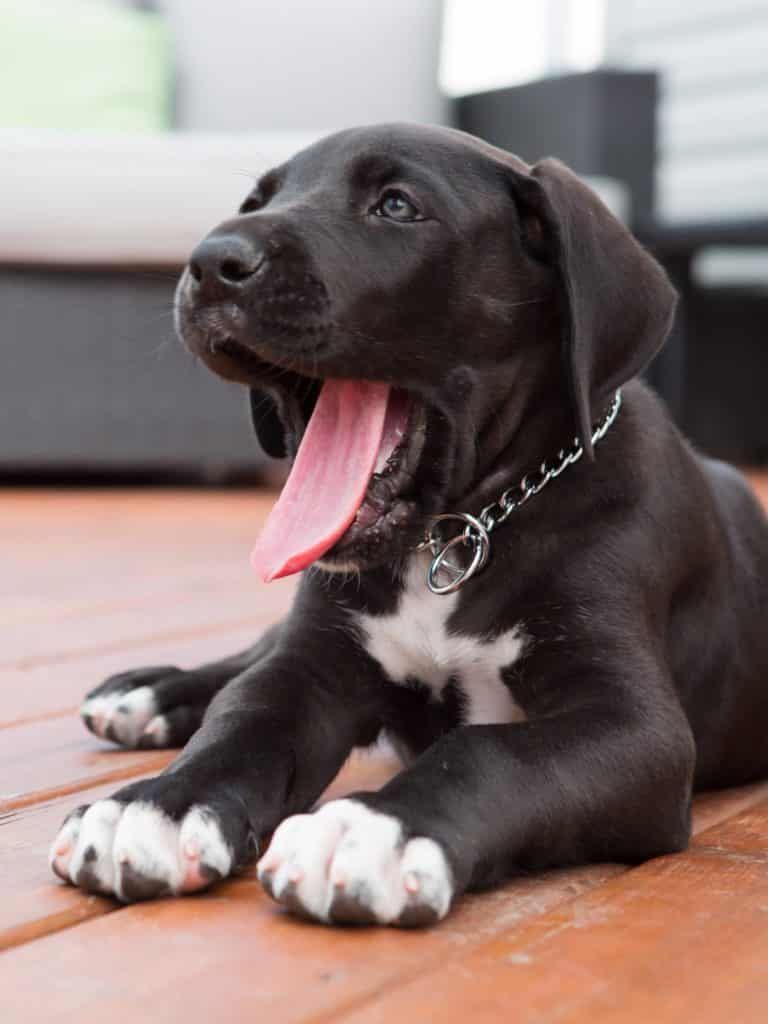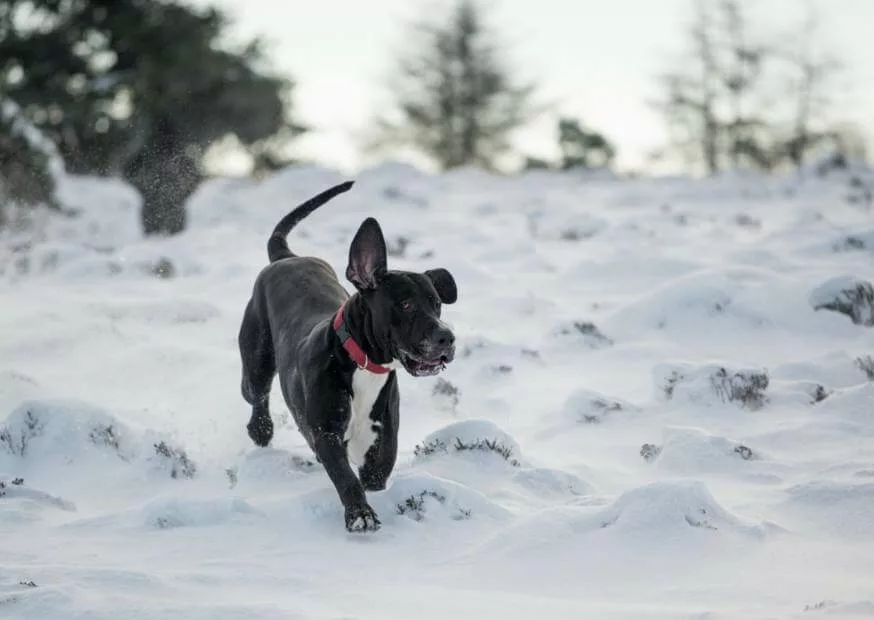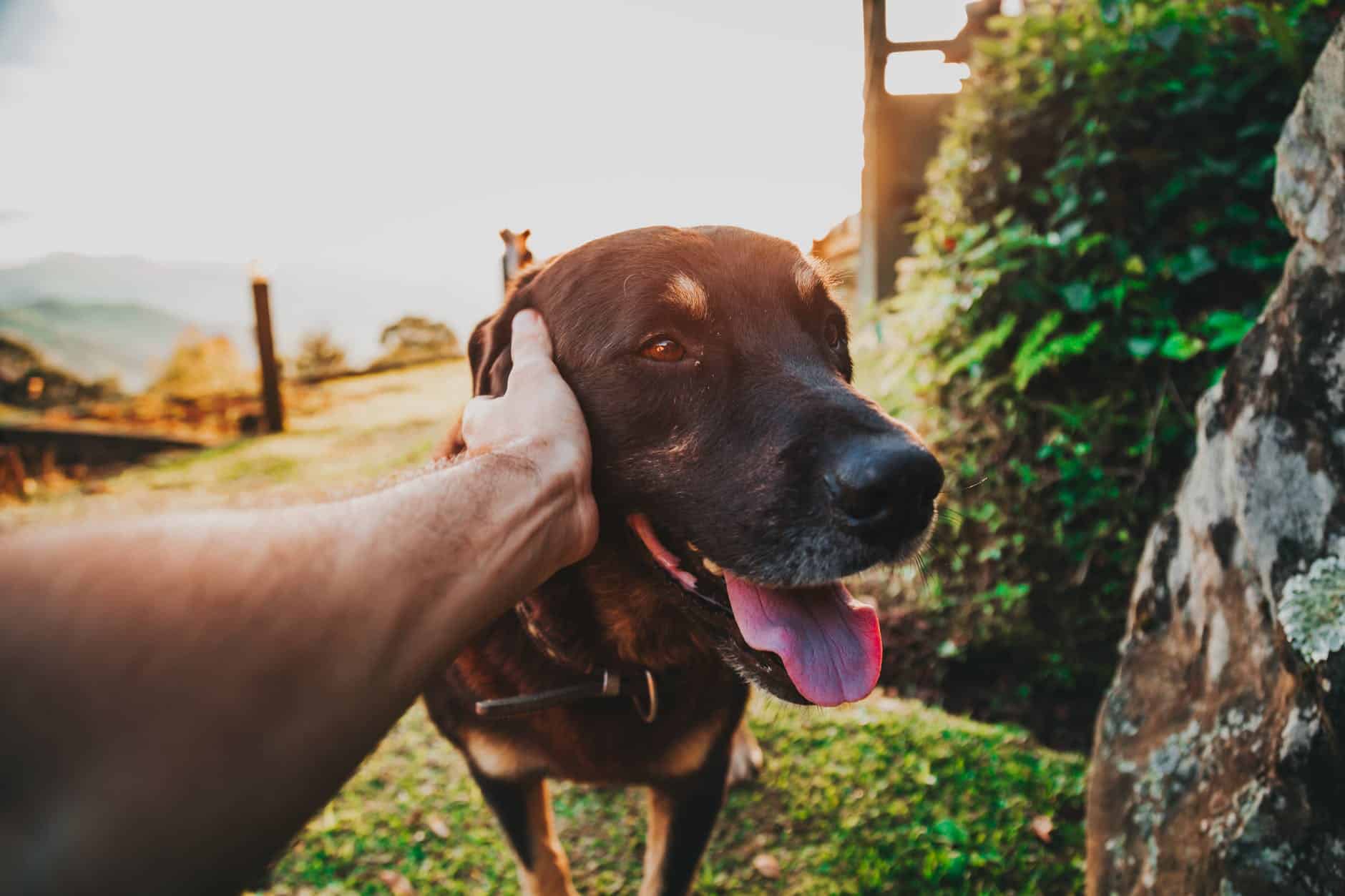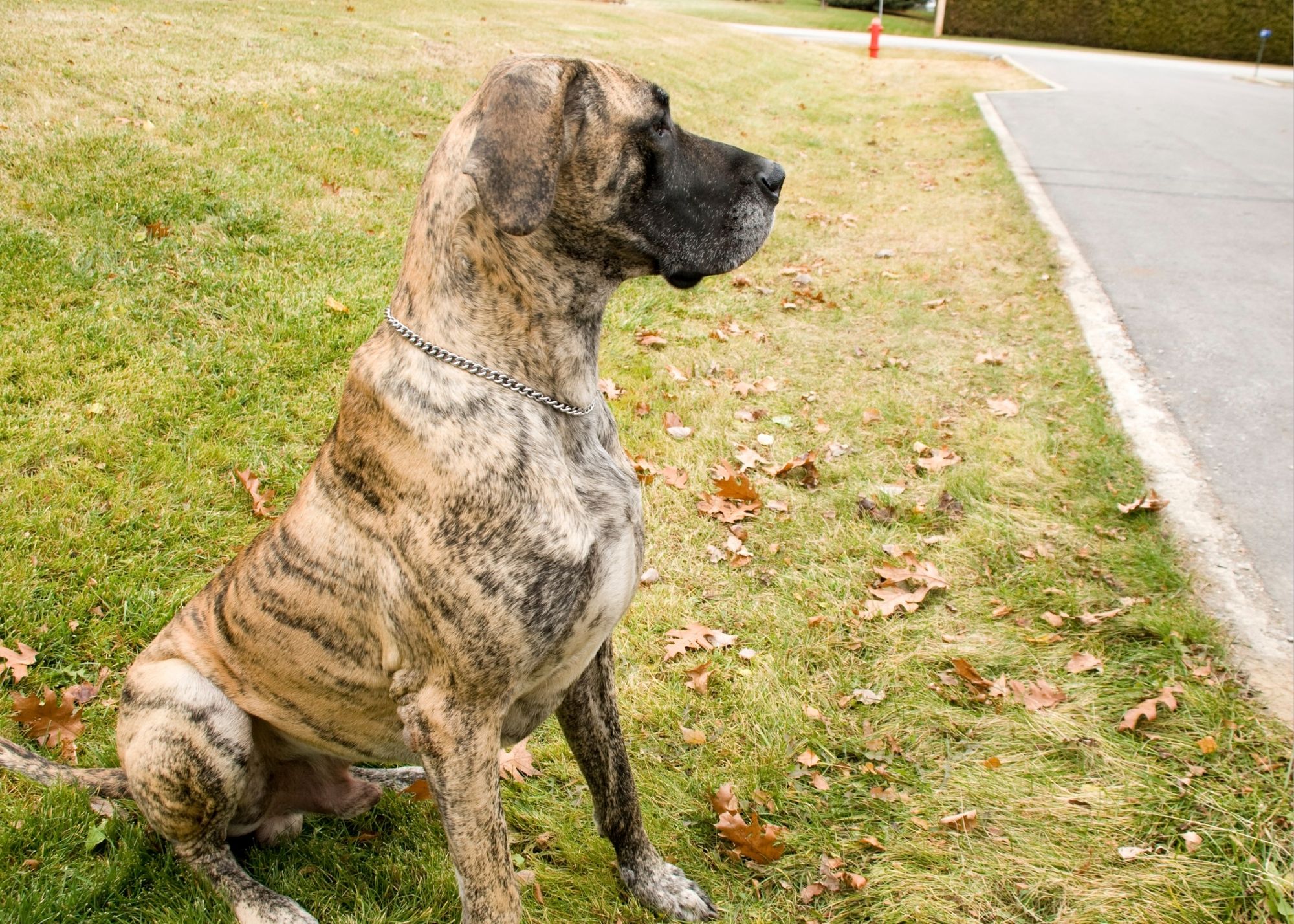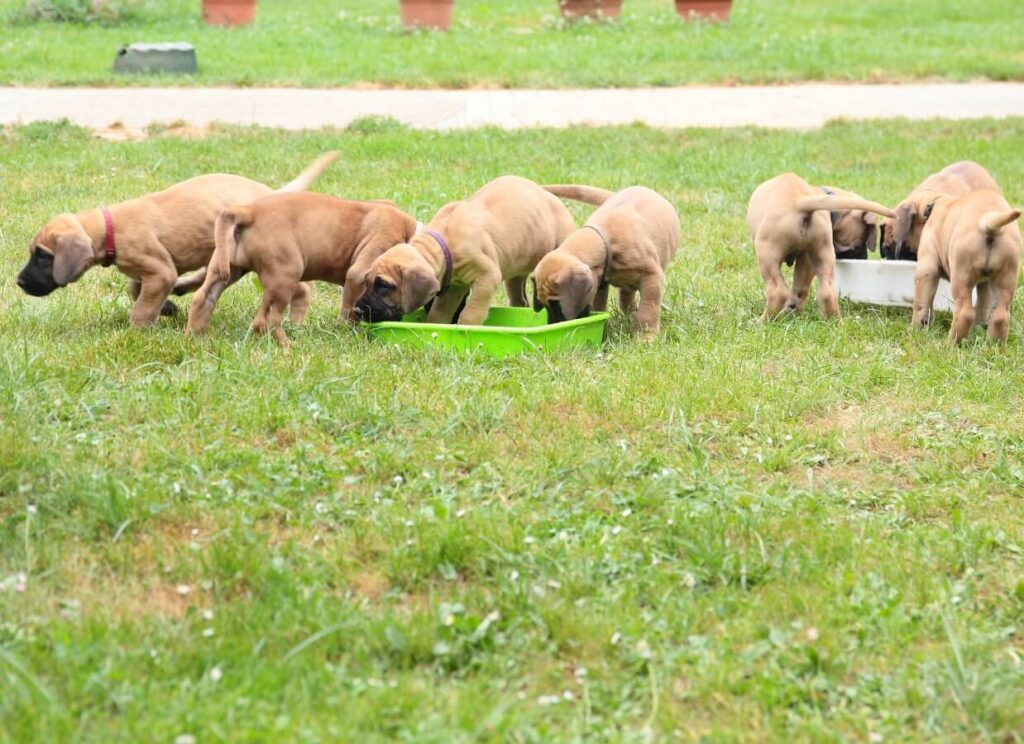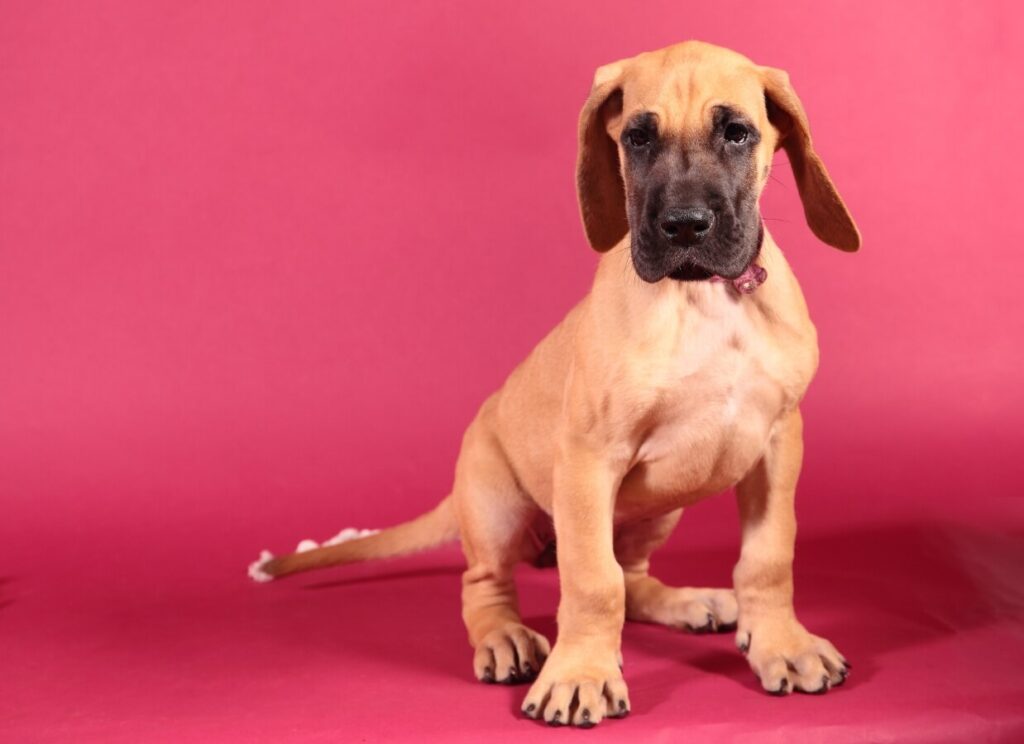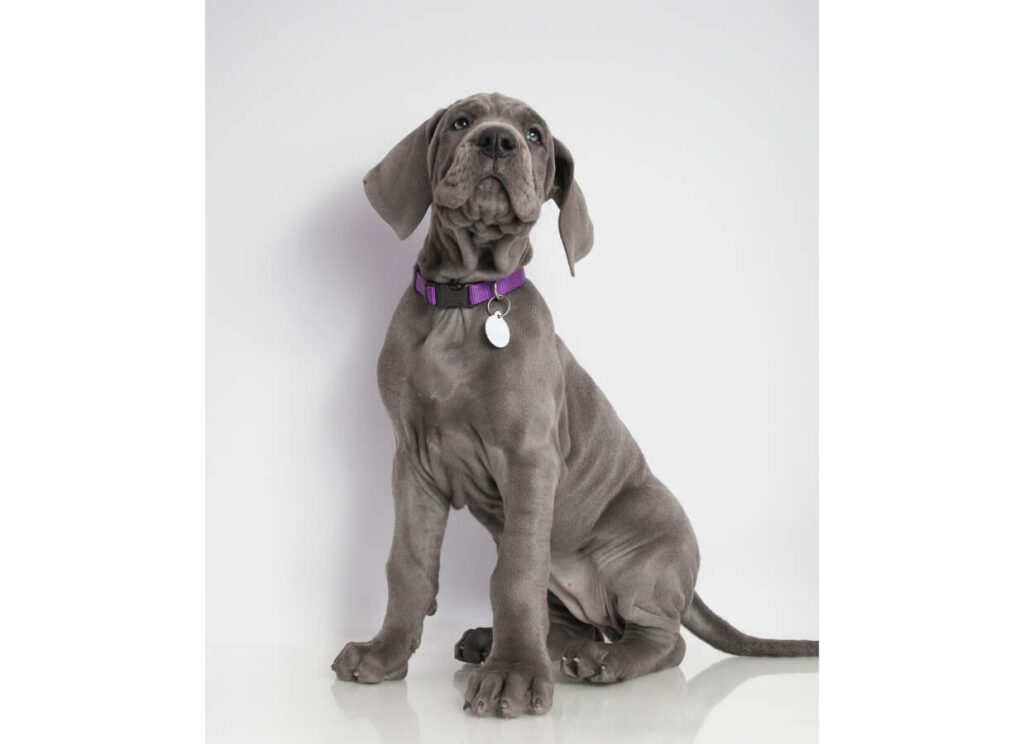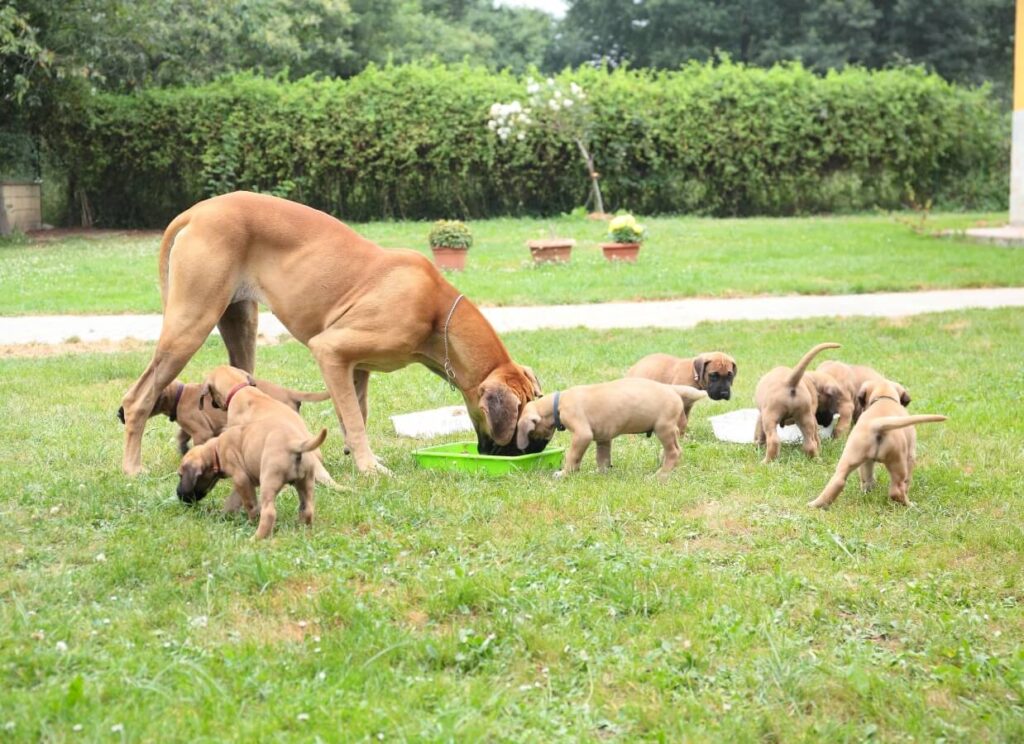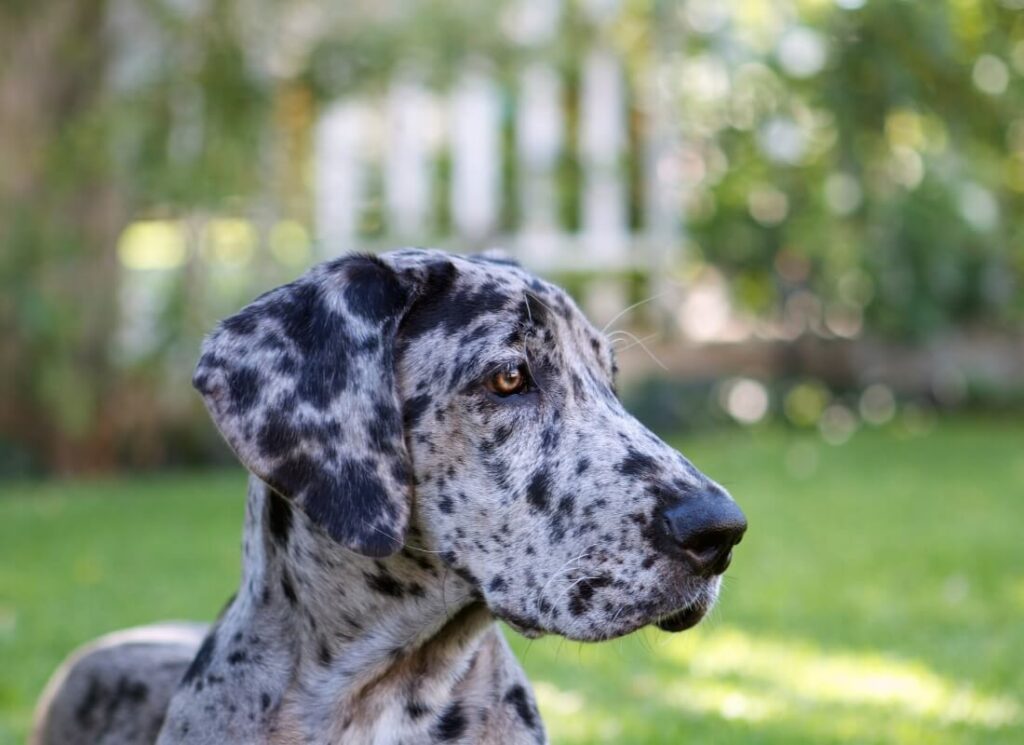In the intricate tapestry of canine behavior, fear aggression in dogs emerges as a complex and often misunderstood facet. Dogs, inherently social beings, can exhibit aggression rooted in fear when confronted with perceived threats or anxiety-inducing situations. You may have experienced this with a puppy suddenly acting fearful or defensive!
This form of aggression is a poignant expression of a dog’s attempt to cope with overwhelming fear, manifesting in defensive behaviors that range from growling and barking to more overt displays of aggression. Contrary to popular belief, this is not a result of ‘stubbornness’ or ‘dominance’.
Fear aggression can be directed at people, other dogs, or animals. It can also be generalized, which means the dog is afraid of anything and everything.
This post aims to:
- Understand why fearful dogs can act aggressive
- Address puppy fear stages (and how they can impact future aggressive traits)
- How to properly train, manage, and socialize dogs to avoid fear aggression
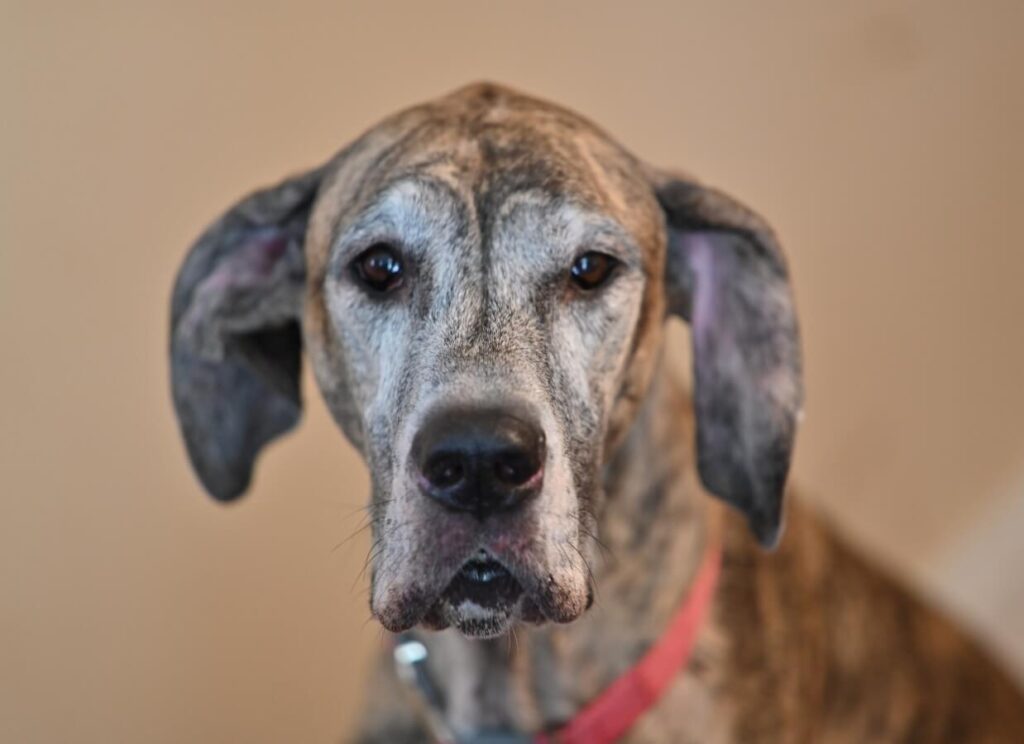
What Causes Fear Aggression in Dogs?
The most common cause of this behavior is a lack of socialization during the critical period (between 3 and 12 weeks old).
This is when puppies should be exposed positively to as many different people, animals, and situations as possible so they learn to cope with new things and don’t become fearful. However, many pet owners make the mistake of flooding puppies with these experiences and disregarding their emotional state while it’s happening.
For example, a timid puppy brought to a dog park and hides under a bench the whole time quickly learns that other dogs are scary! This is not a good experience and can result in defensiveness as the puppy grows.
Other causes of fear aggression include prior traumatic experiences, such as being attacked by another animal or being abused. Fear aggression can also be caused by health problems, such as brain damage or an injury that makes the dog sensitive to pain.
Fear aggression is a serious problem because it can lead to bites and other injuries. It can also make it difficult for the dog to be around people or other animals. This can make their life (and yours) very stressful!
Not all is lost, however! Many of us have had or worked with timid, fearful dogs and there are things you can do to help.
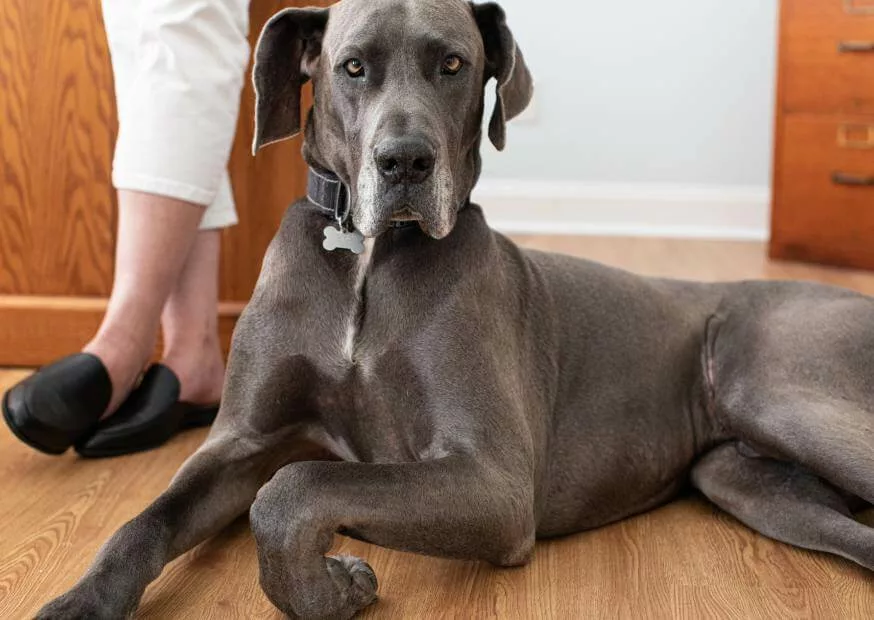
Fear Aggression is a Compounding Problem
In most cases, dogs that show aggression are doing so after a history of displaying more subtle signs of discomfort. By the time it gets to the point when we humans take notice, it’s gone too far.
Dogs give such subtle signals of distress that they can be easy to miss, or mistake for other emotions! Here are some examples of clues dogs give us that they are uncomfortable (and may escalate to aggression):
- Ears are pinned back
- Tense body
- Hunched posture
- Avoidance and hiding
- Lifting lips/showing teeth
- Tail tucked
- Shaking
- Skittishness
- Growling and grumbling
- Nipping or snapping
If a dog has a high-value food item and you try to take it away, they may initially react by cowering or lifting their lips. But if you ignore these signals and begin to take those items away (and punish the dog for showing teeth), the behavior often escalates to bites and severe aggression.
Dog aggression does not happen overnight. Many dogs will demonstrate one small behavior at the first sign of discomfort.
It is for this reason that many pet owners will say their dog “bit somebody out of the blue” or “snarled and lunged, but that’s not like him!” With certainty, we know those dogs had body language leading up to becoming aggressive. Their communications had been ignored.
What is the Difference Between Aggression and Fear Aggression?
Aggression and dangerous behaviors caused by fear are closely related. It can be hard to draw a line between the two! However, there are some forms of aggression caused by health problems, genetics, hormones, and overall temperament that have nothing to do with fear.
It is important to work with a highly qualified dog trainer if your dog is exhibiting dangerous reactivity and behaviors.
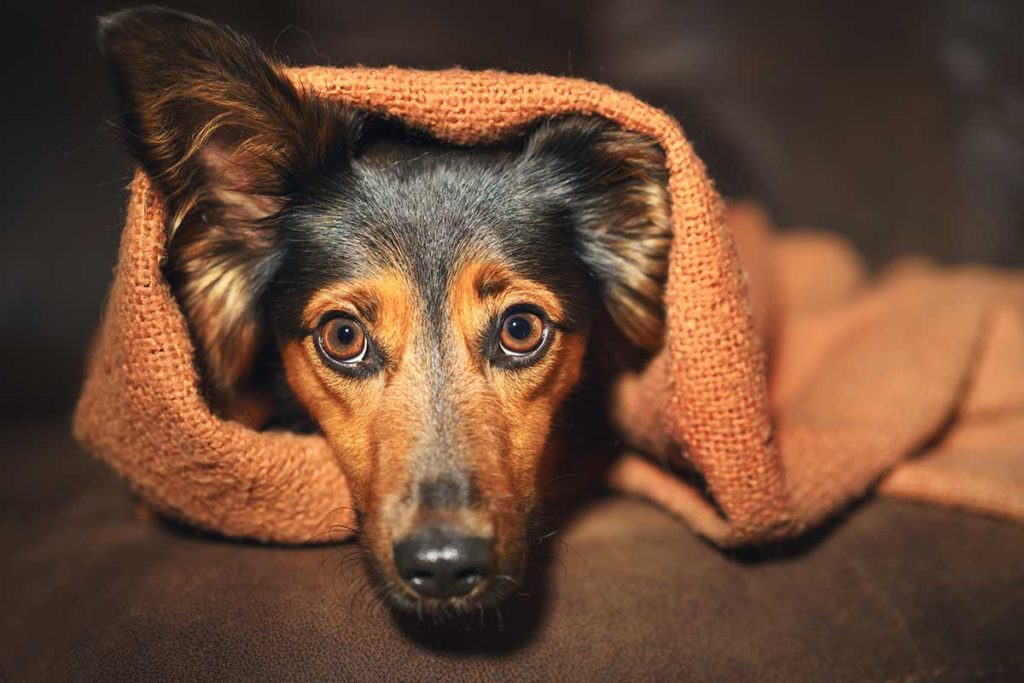
How Aggression Builds in Dogs
When dogs feel threatened, they react. For example, most humans are very frustrated by other people who cut in line or steal their food out of the employee break room.
Depending on the day, and the history of these occurrences in the past, humans may react to these situations with empathy and understanding, or anger and aggression. Dogs are not much different!
The BSAVA created a great demonstration of the ‘dog aggression ladder’, as shown below.
This ladder demonstrates that dogs do not just wake up one day and decide to bite. Instead, they travel through a known escalation of signs and signals before eventually snapping.
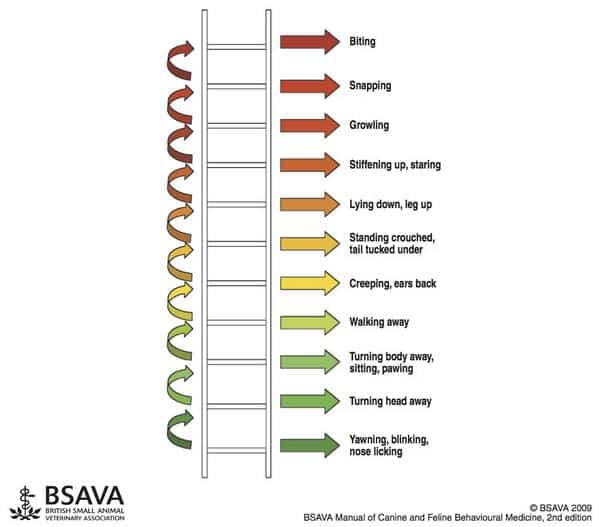
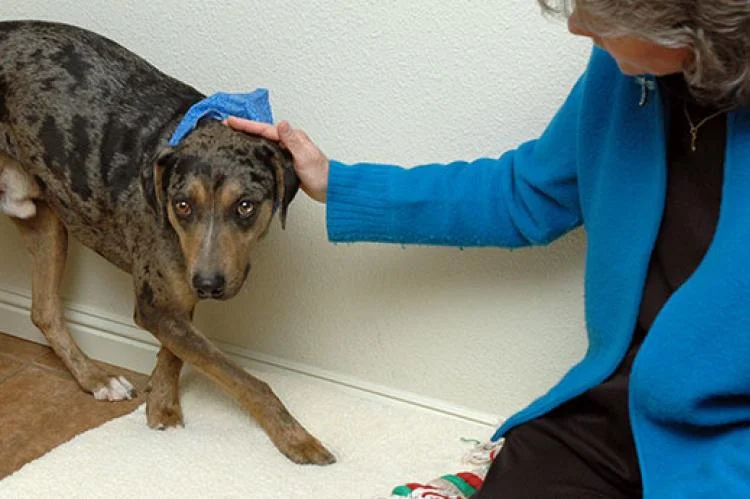
Common Triggers of Aggression in Dogs
Dogs experience fear and aggression for all sorts of different reasons. There are certain situations or “triggers” commonly seen for dogs. Take a look at this list and evaluate your pet. How many of these triggers are present in their life?
- Interactions with people of all kinds
- Interactions with unfamiliar dogs or dogs in general
- A stressful or chaotic environment (such as the Farmer’s Market or an elementary school at recess)
- The Veterinarian
- Small children, especially those that run, squeal, or interact unsafely with dogs
How many of those triggers could be reduced, or better managed?
You may not fully understand what your dog is afraid of or why, but if they are fearful, it’s up to you to protect them and prevent their behavior from escalating.
Some great examples of ways to prevent fearful behavior and aggression in dogs include:
- Walking in quiet areas or during the day when less people and dogs are around
- Observing scary or chaotic environments from a distance
- Teaching children how to properly interact with dogs
- Working with a certified Fear Free Veterinarian
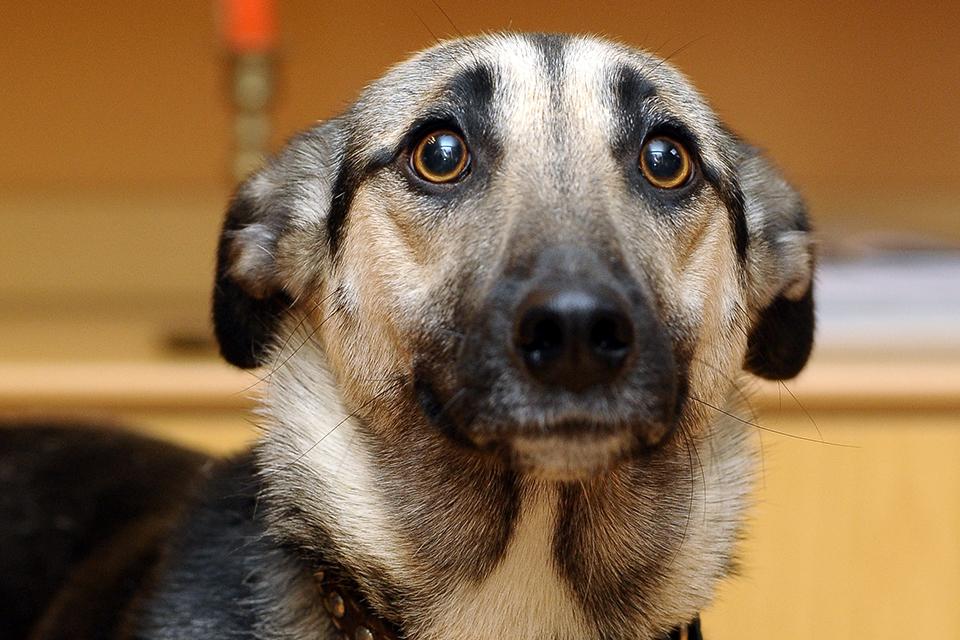
Is All Aggression in Dogs Caused by Fear?
There are many reasons for scary and aggressive behavior in dogs and no, they aren’t all related to fear.
Some other reasons that dogs can show aggressive behavior include:
- Anxiety (ANXIOUS DOG)
- Excitement
- Chronic pain or new pain (TREATING PAIN)
- Possessiveness (Resource Guarding)
- Dominance
- Protective Instincts
- Socialization Issues (SOCIALIZATION GUIDE)
- Heredity & Genetics
- Mental Health Problems
In addition to speaking with your veterinarian to resolve health problems, we recommend feeding a correct diet, reducing stress and anxiety with mental enrichment, and working with a good dog trainer to address and treat behavior problems.
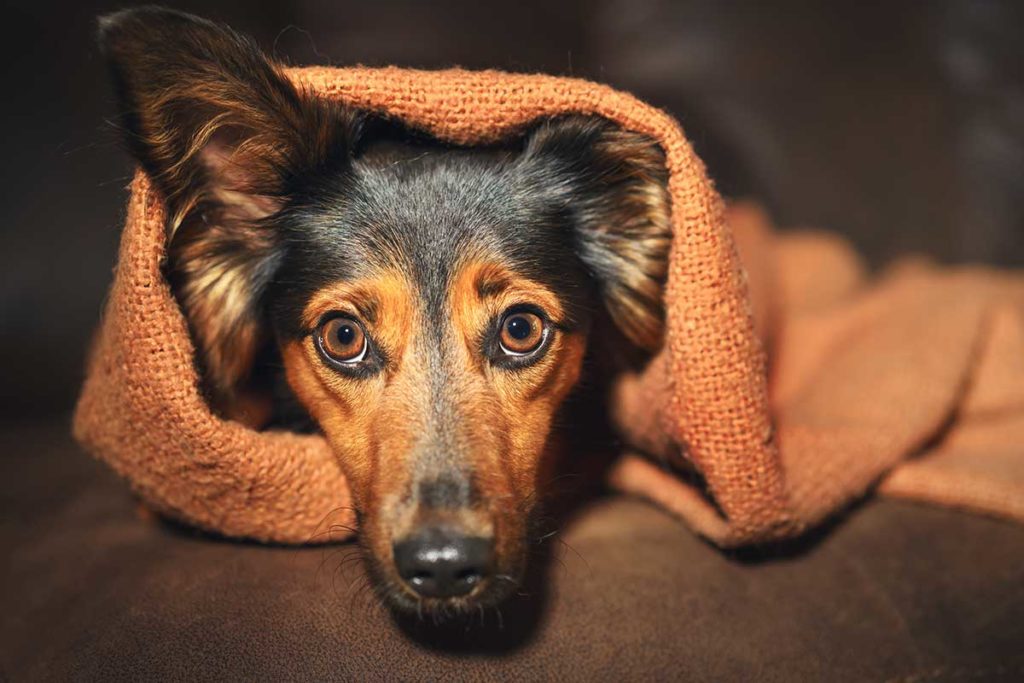
How to Socialize an Aggressive Dog
A lack of socialization can seriously impact a dog’s behavior. While the key socialization window is in puppies from birth to 3 months, all dogs benefit from socialization throughout life!
We will touch on socializing puppies to prevent aggression below. If you need to socialize an aggressive dog, start here!
- Start Gradually: Introduce the dog to new people, animals, and environments in a controlled and gradual manner.
- Positive Reinforcement: Reward calm behavior with treats or praise, reinforcing positive associations with social situations.
- Professional Guidance: Consult a professional dog trainer or behaviorist to create a customized socialization plan.
- Desensitization: Expose the dog to triggers at a distance and gradually decrease the distance as they become more comfortable.
- Consistency: Maintain a consistent socialization routine, ensuring positive experiences to build the dog’s confidence over time.
Don’t make the common mistake of exposing your aggressive dog to something and harshly punishing them for reacting! This outdated training method can cause dangerous behaviors to escalate. Read here for more information on why reality TV dog training methods are unsafe.
As the owner of an aggressive dog, it is also of key importance that you manage your pet. Use an appropriate muzzle (like this one) and a quality slip-proof martingale collar to prevent mistakes.
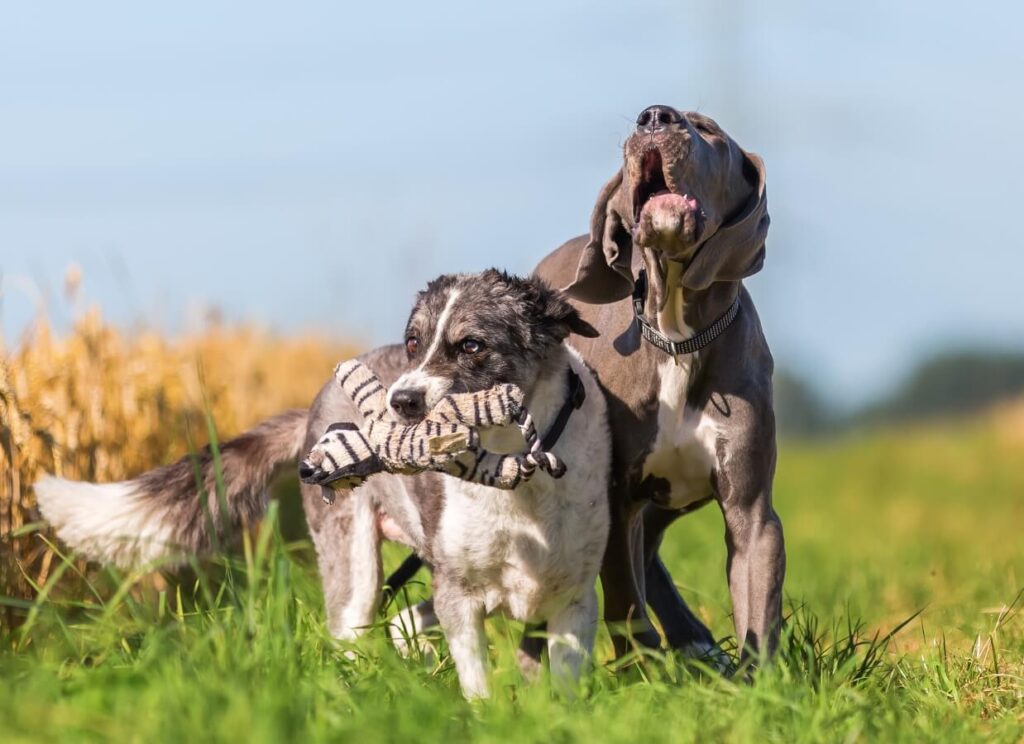
How to Socialize Puppies to Prevent Aggression
When socializing puppies, look for the following key experiences. Remember to keep exposure positive, fun, and rewarding! If your puppy seems nervous, take a step back. Look for ways to build their confidence around scary things (including the veterinarian). Use treats, praise, and play to make these experiences fun!
- Walk around on different textures such as grass, sand, and gravel
- Explore water such as puddles, kiddie pools, and ponds (with clean water)
- Touch your puppy all over. Brush their teeth, and praise them for letting you examine them.
- Play the sound of fireworks on your phone, and have treats magically appear after the sound is heard (fireworks predict treats)
- Visit a park and watch children and dogs from afar
- Have short, supervised play sessions with dogs that are known for being gentle and safe with puppies
- Avoid leash tension! (More on this below)
How Leash Tension Causes Dogs to Become Leash Reactive
Cute puppies get by with a LOT.
By that, I mean, many owners will put their puppy in a harness and let it bounce, pull, and lunge around on walks. Puppies are excited and direct their enthusiasm into their leash.
Over time, the puppy learns that there is a lot of tension associated with being out in the world. This is especially true if they pull to greet humans and other dogs.
Think about this logically for a moment.
For a more mature dog, what does that same tension mean? That sensation can be frustrating and dare I say, anxiety-inducing!
Instead of letting your puppy lunge around in a harness and learn bad leash manners, use a long leash to explore a field. Then take an AKC Star Puppy Class and learn how to install positive leash skills around other dogs.
Puppy Fear Stages
Puppy fear stages, also known as fear periods, are developmental phases during a puppy’s early life where they may exhibit heightened sensitivity and apprehension towards new stimuli.
These stages typically occur at key points in a puppy’s growth, often between 8-11 weeks and around 6-14 months. During these periods, puppies may become more cautious, startle easily, or be reluctant to engage with unfamiliar people, objects, or environments.
The reasons behind these fear stages are rooted in the puppy’s instinct for survival and self-preservation. It’s believed that these stages coincide with crucial developmental milestones, including brain and sensory system maturation.
To support a puppy through these developmental milestones, owners should provide positive exposure to new experiences, people, and surroundings. Gentle socialization, using treats and praise to reinforce positive behavior, and avoiding forceful or punitive measures can help build a puppy’s confidence and reduce fear-based responses.
Consistent, patient, and positive interactions during these stages contribute to a well-adjusted and resilient adult dog.
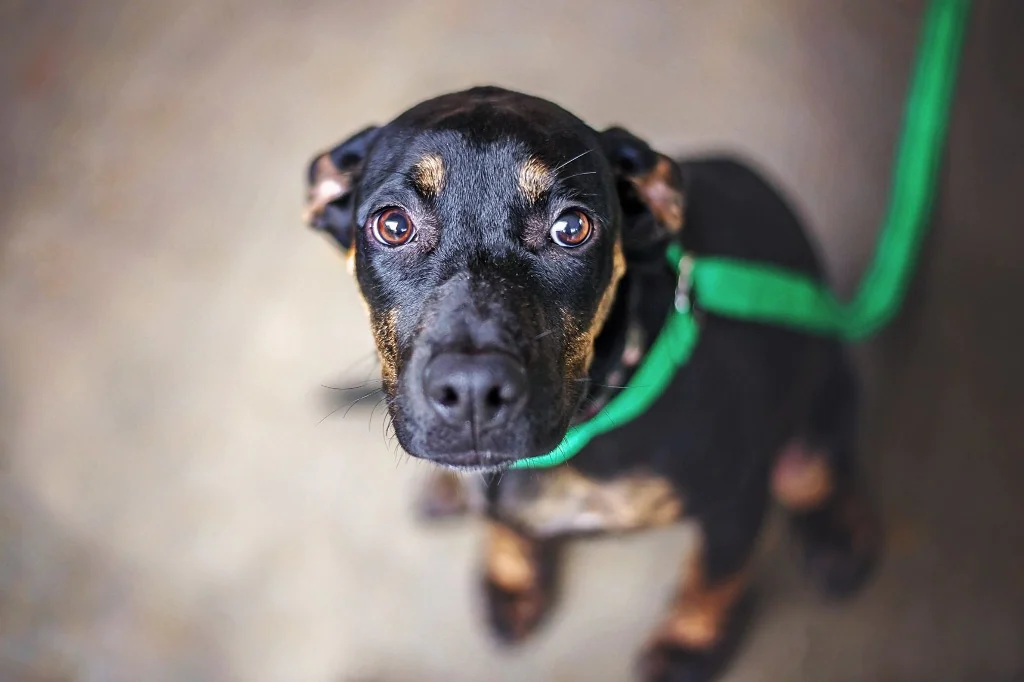
Chronic Pain & Aggression in Dogs
A dog who is in pain might begin to show behavioral problems. If you have ever been in pain, you might remember how short-tempered it made you!
Dogs who are typically well-mannered and have positive behaviors that suddenly begin to demonstrate aggression might be experiencing pain.
Hip Dysplasia or bad teeth are common reasons pets become more nippy and unstable than usual. Dogs with ongoing health problems related to kidney or heart disease may also have a short fuse.
If you think your dog’s sudden aggression might be due to pain, it is important to take them to the vet as soon as possible. We recommend ruling this out first anytime your pet isn’t being themselves.
For L/XL dogs, we recommend clinically backed joint support; this can be helpful for pets living with chronic joint pain! Talk to your veterinarian.
- Cosequin Hip & Joint Chewable Tablets
- Cosequin Omega 3 Hip & Joint Soft Chews
- Dasuquin Hip & Joint Chewable Tablets
- Dasuquin Joint Soft Chews
- Dasuquin Advanced (Veterinary Formula) Chewable Tablets
- Dasuquin Advanced (Veterinary Formula) Soft Chews
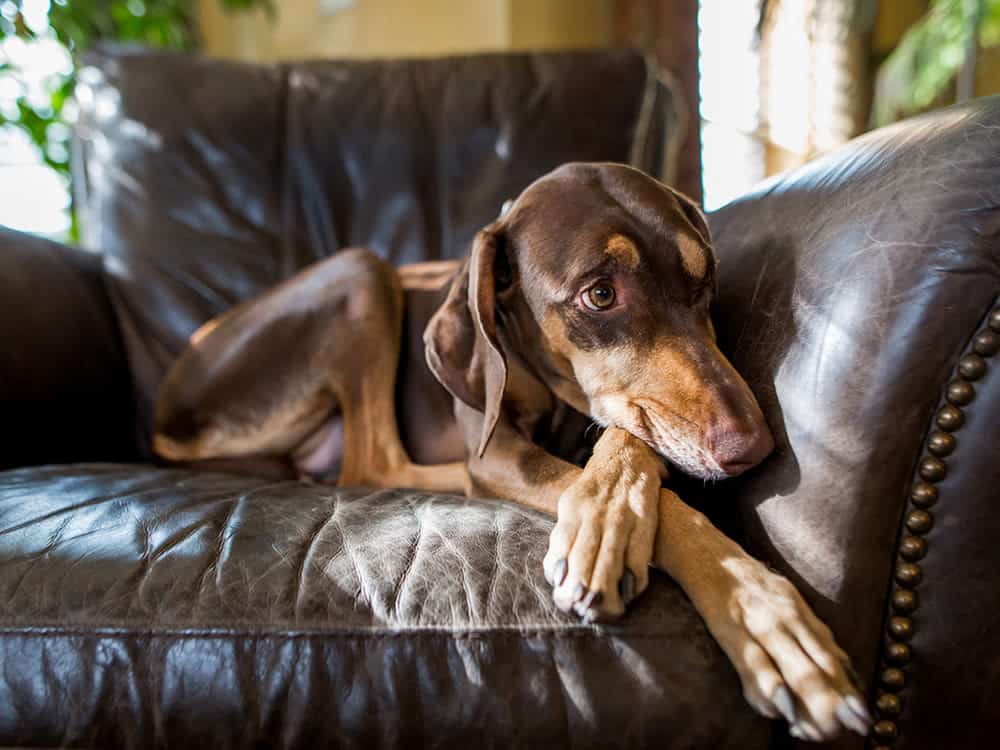
Dog Aggression Caused by Dominance
Dominance aggression in dogs refers to aggressive behaviors displayed by a dog attempting to assert control over a person, another animal, or a particular situation. People often refer to these dogs as “alpha”, implying that they are a leader.
It is essential to understand that the concept of dominance in dog behavior has been debated among experts, and some believe that the term may not accurately describe canine behavior.
If we look at our current scientific understanding of animal behavior, we now know that dogs are not always trying to assume the dominant position. However, this misunderstood concept still has a strong-hold in the community.
That’s not to say that dominance in dogs doesn’t exist, though! Like humans, dogs will position themselves for the best access to resources. These resources might include attention, food, toys, treats, or a spot on the couch.
Traditionally, dog trainers have approached rude ‘dominance’ behaviors with harsh punishment. Several wacky theories have even surfaced, surmising that owners can get control of their pets by biting their ears, jabbing them in the neck, or eating food first (while the pet watches).
This outdated methodology is known to cause and increase aggression and is no longer a gold standard approach for pushy pets.
If you have a dominant dog, look for ways to provide them safe access to resources while establishing good boundaries. Use positive reinforcement training to encourage the correct behavior, and don’t let them have free will to do as they please.
This may mean changing your routine.
- Don’t let a “dominant” or pushy dog be rude to other dogs. Say “uh-oh” and remove them from play.
- If your alpha dog is guarding resources (such as a couch), don’t give them access to those things
- Establish boundaries in your home. Rude dogs should not be allowed free roam.
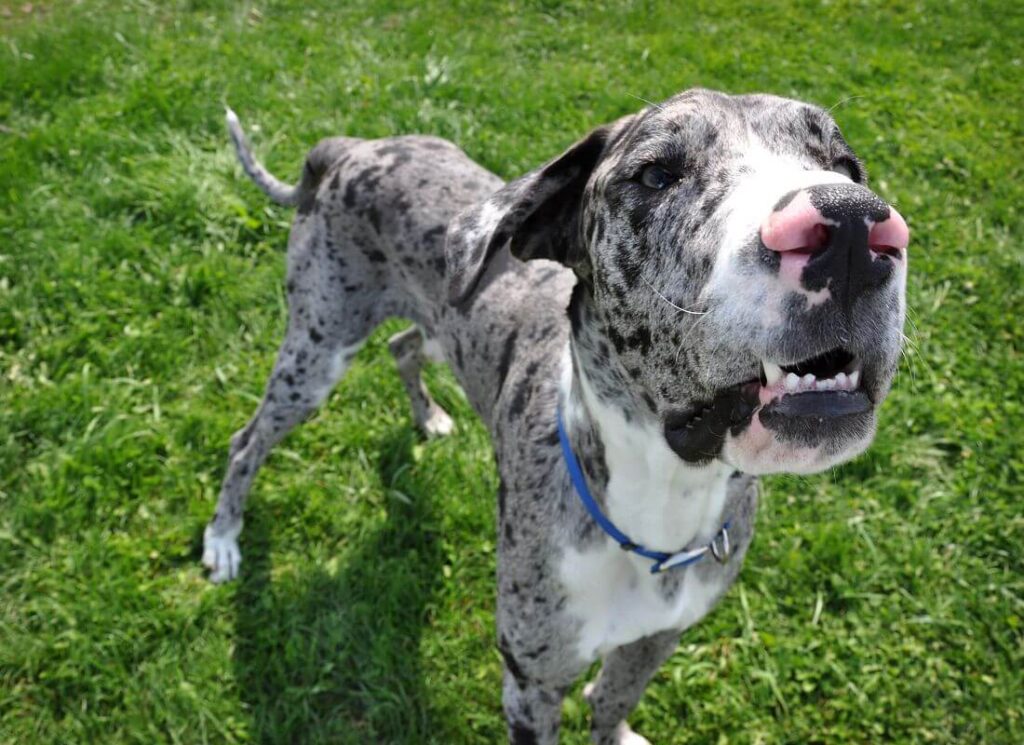
How to Help a Fearful Dog
If you think that your dog is displaying signs of fear aggression, there are things that you can do with your dog to help their fearful behavior.
1. Create a Safe Space
- Designate a quiet and comfortable area where the dog can retreat when feeling scared.
- Provide a cozy bed, toys, and water to create a positive association with the safe space.
2. Gradual Exposure
- Introduce new people, environments, and stimuli gradually and in a controlled manner.
- Use treats and praise to reward calm behavior during exposure, reinforcing positive associations.
3. Positive Reinforcement
- Reward confident and relaxed behavior with treats and affection to build the dog’s confidence.
- Avoid punishment, as it can intensify fear and anxiety.
4. Desensitization
- Gradually expose the dog to fear-inducing stimuli at a distance and slowly decrease the distance as the dog becomes more comfortable.
- Patience is key; progress may take time, and each dog will respond differently.
5. Professional Assistance
- Consult with a professional dog trainer or behaviorist for a personalized plan.
- Professionals can provide guidance, assess the dog’s fears, and offer effective strategies for overcoming fear-based behaviors.
It is always best to seek a qualified professional when it comes to a dog that is fear aggressive. Fear aggressive dogs can be unpredictable. Fearful dogs are not bad dogs, but they can be dangerous if not properly trained.
